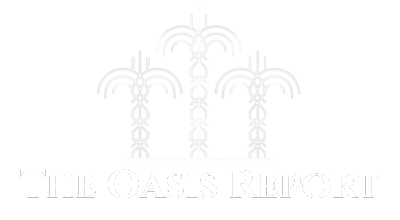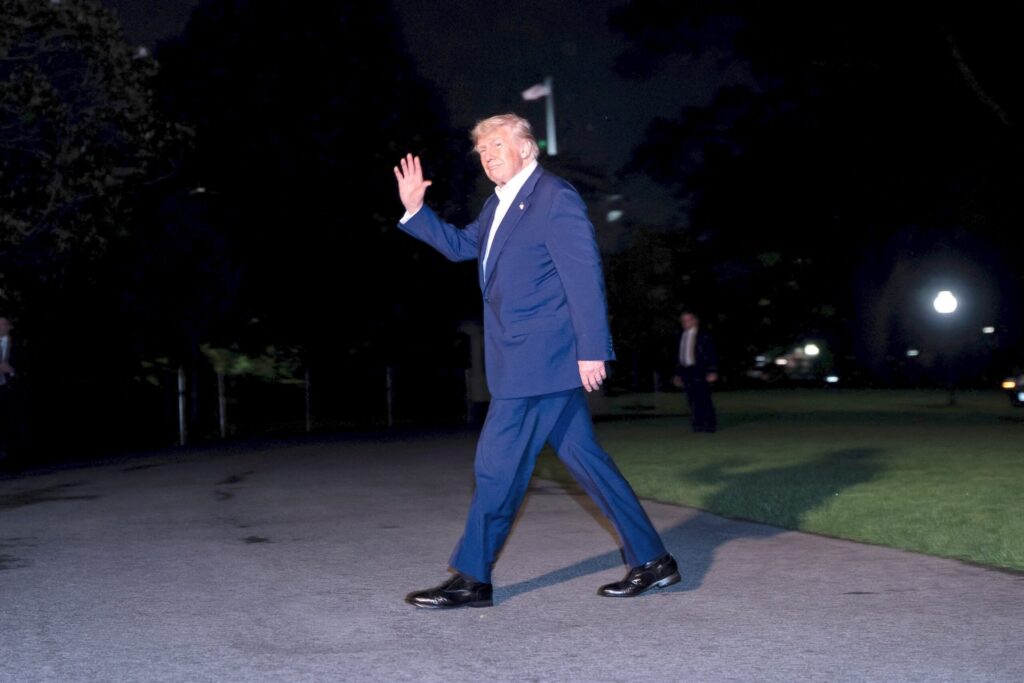Plan for pathways through Middle East
Initiatives have stalled since 2023
‘You have to give economic value’ to US
President Donald Trump may reinvigorate efforts to establish a diplomatic and economic pathway from Europe to India through the Middle East. But trade advisers have told AGBI that, for the initiatives to gain fresh momentum in Washington, officials will need to outline more tangible benefits for the US.
“The US is not part of the corridor. It is a US-backed corridor that ends in Europe, so you have to give an economic value to Trump,” says Afaq Hussain, an international trade adviser based in India and director of the Bureau of Research on Industry and Economic Fundamentals.
“There’s a lot of infrastructure upgrades that are going to happen in this corridor,” he says. “So, there’s a lot of money that is there for US companies – a lot of deals and contracts.”
The India-Middle East-Europe Economic Corridor (Imec) and the I2U2 grouping – India, Israel, the UAE and the US – are not formally related to each other, but both are part of an attempt to redesign alliances and trade routes in the Great Power competition between the US and China.
Trump’s visit to the Gulf last week underscored his warm ties with its leaders and his approach to the Middle East as a centre for global commerce.
During the trip, the president said he would lift US sanctions on Syria to give its new government a chance at success. The situation in Syria and the unsteady peace in Lebanon serve as a further incentive for the sponsors of Imec and I2U2 to bring those states into the world economy.
With its focus on infrastructure and commerce, Imec is seen by its participants – which include Saudi Arabia and the European Union – as a response to Beijing’s 12-year-old Belt and Road initiative.
 Alamy/Positivesoundvision via Reuters Connect
Alamy/Positivesoundvision via Reuters ConnectImec came into being in September 2023 through a memorandum of understanding aimed at enhancing rail, shipping and undersea communication lines between Europe and Asia. Officials have yet to put figures on what they expect the corridor’s total value to be.
The higher-level, more political I2U2 group was set up by the Biden administration in July 2022 with ambitions to direct joint investments toward sectors such as water, energy, transport, food security and technology.
Both have lagged since their creation, particularly in the wake of Hamas’ October 2023 attack on Israel and the war in Gaza.
“Relatively little was done besides the announcements during the Biden administration – though it was not necessarily their fault, just circumstances,” says William Wechsler, director of the Atlantic Council’s Rafik Hariri Center and Middle East programmes.
“But that also opens up an opportunity for President Trump and his administration to really own these initiatives,” Wechsler says.
Signals from Washington
The few signals Trump has given so far point in this direction.
A communiqué issued in April after Giorgia Meloni, Italy’s prime minister, met the president framed I2U2 and Imec as a next step in the path laid out in the Abraham Accords, signed during Trump’s first term.
The document called Imec “one of the greatest economic integration and connectivity projects of this century” and said it would stimulate “economic development and integration from India, to the Gulf to Israel, to Italy, and onward to the United States.”
I2U2 and Imec were also mentioned in a joint statement issued by Trump and Narendra Modi in February after the Indian PM’s visit to Washington.
It said Trump and Modi “plan to convene partners” from the two groups “within the next six months” and “announce new initiatives in 2025”.
 ANI via Reuters Connect
ANI via Reuters ConnectThe statement went on: “The leaders resolved to increase co-operation, enhance diplomatic consultations and increase tangible collaboration with partners in the Middle East.”
Stakeholders are working to pair the government meeting with a private sector gathering, also to be held some time this summer. It will be organised through the N7 Initiative, a partnership between the Atlantic Council and the Jeffrey M. Talpins Foundation.
The trade adviser Hussain says private sector participation is essential to ensure that whatever ultimately gets built is used by companies in the affected countries to develop their business and exchanges, rather than wasting away as often happens to poorly thought-out government-led development plans.
“At some point you need investments. You need somebody to build it. You need money, finances,” Hussain says. “For that you need the private sector.”
Last month N7 facilitated discussions about I2U2 and Imec among senior government officials and other participants in New Delhi.
Wechsler, who is senior director of N7, says: “Different countries have different answers about how much things will cost, but the UAE, Saudi Arabia, India and Israel all possess the resources they need to build infrastructure in their own countries.”



